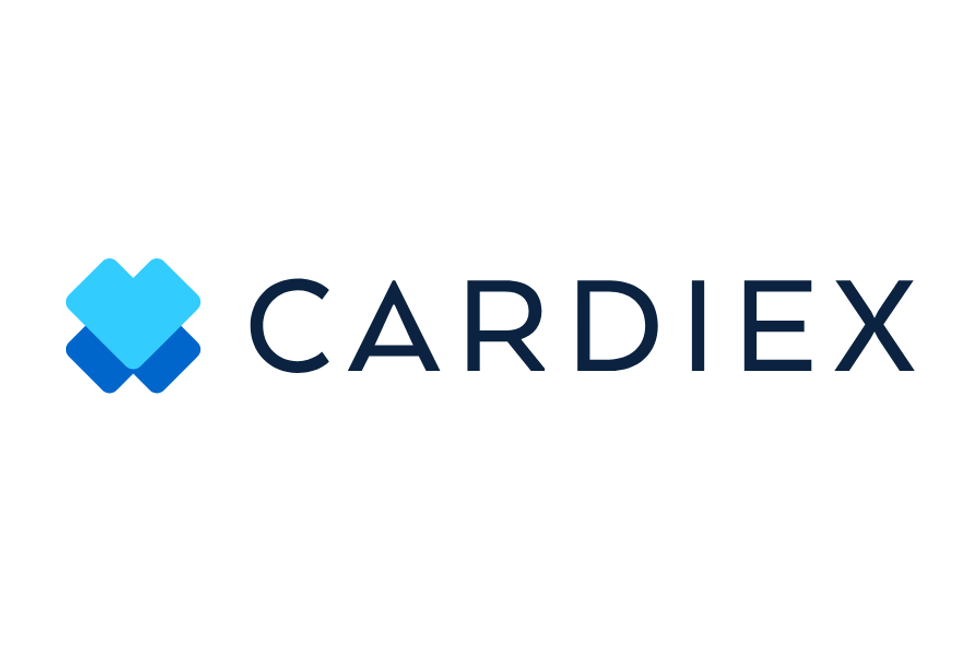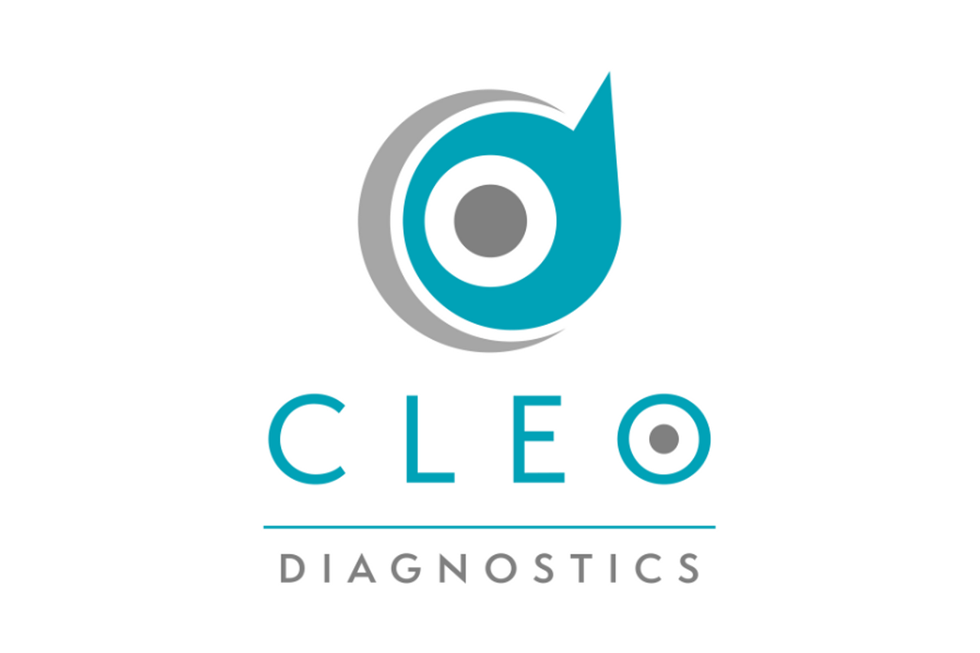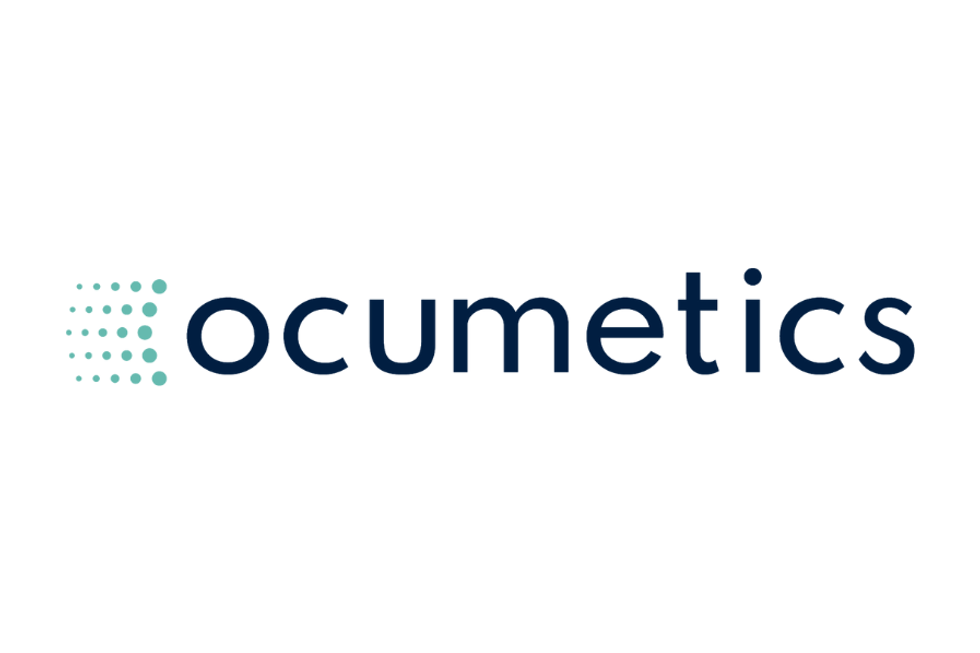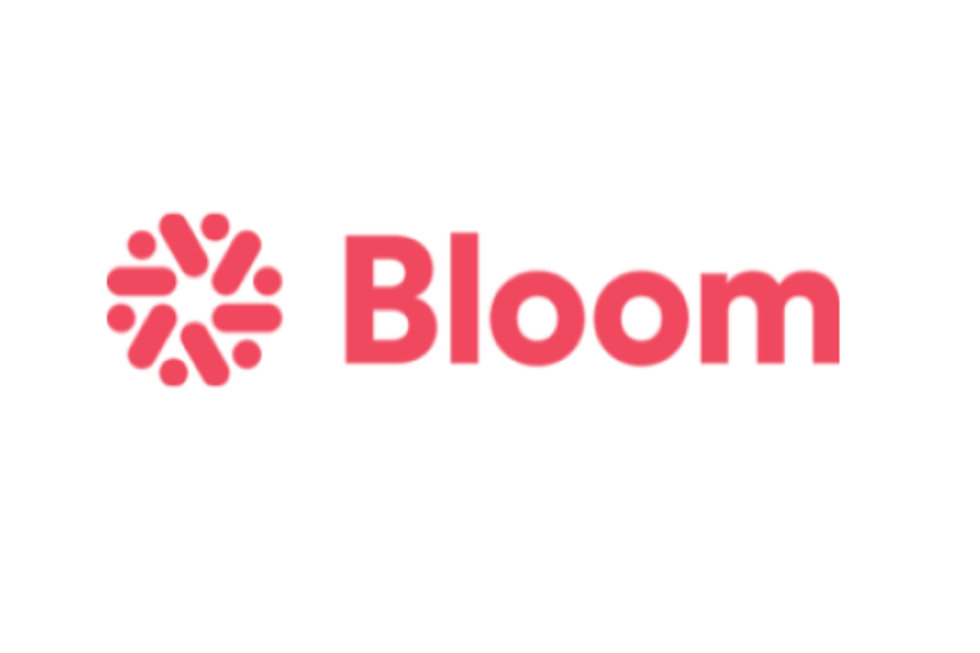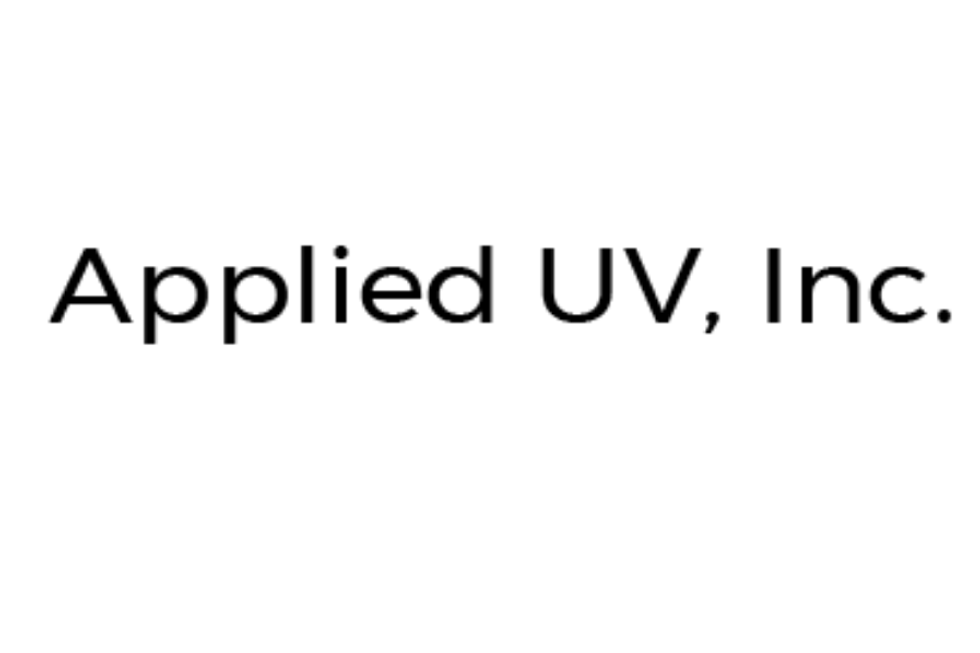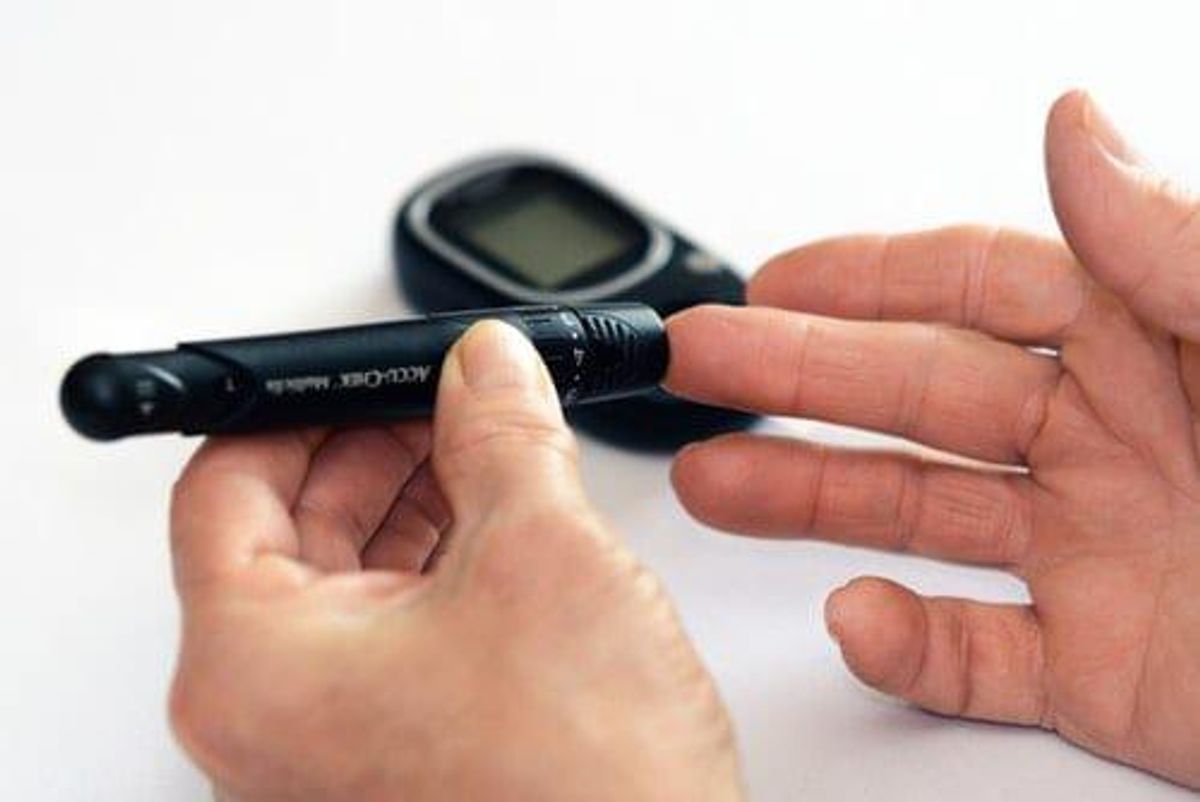
Diabetes is one of the 10 top killers around the world, and as the healthcare industry races to accommodate growing demand from diabetic patients, the need for blood glucose monitoring devices is growing.
Diabetes is one of the 10 top killers around the world, and as the healthcare industry races to accommodate growing demand from diabetic patients, the need for blood glucose monitoring devices is growing.
Diabetic patients are resistant to insulin or do not produce enough, risking serious damage to the heart, eyes, kidneys and more. To maintain healthy glucose levels and know when insulin is needed, patients use glucose meters to manage glucose fluctuation.
Over 422 million adults have diabetes globally and more than 1.6 million deaths were caused by the disease in 2015, according to the World Health Organization. The rate of diabetes among adults has increased from 4.7 percent in 1980 to 8.5 percent in 2014
The market is divided between two sectors: self-monitoring glucose and continuous glucose monitoring systems. According a forecast for the markets by Inkwood Research, both markets are expected to grow from US$13.19 billion to US$24.99 billion and US$1.12 billion to US$14.51 billion, from 2017 to 2026 respectively.
The continuous glucose monitoring machines are growing in popularity, however the self-monitoring glucose machines are still the most popular and required to calibrate the continuous glucose monitors throughout the day.
To give investors insight into the market of glucose monitoring devices, here the Investing News Network (INN) is taking a look at what is most important about these devices and what companies are developing them. The companies listed here are only a few big players in the diabetic market.
Investing in glucose monitoring devices: Self-monitoring glucose
A market which started nearly a century ago — which once used urine samples to identify glucose — has transitioned to using blood samples in the last 50 years. Specifically through a finger-pricking device, these easy-to-use home glucose monitors emerged in the mid-1980s and is still the most grossing sector of glucose monitoring devices.
These devices take a small sample of blood with a blood lancet to prick the finger and the blood is analyzed by a test strip onto the self-monitoring glucose machine. This is the largest sector of monitoring machines as both Type 1 and Type 2 diabetics use these devices, even those who use continuous glucose monitoring devices.
Companies developing these machines have had major advancements to reading times, device size and user-friendliness. Through an acquisition, Bayer (OTC:BAYRY, ETR:BAYN) purchased one of the first pioneering companies in glucose monitoring systems, Ames. After several rebrandings to Ascensia Diabetes Care, the company was later acquired by Panasonic (OTC:PCRFY, TYO:6752).
Ascensia has some of the most prominent glucose monitoring devices: the Contour Next meters. Representing a prominent figure in the technology sector, the devices in this line have at least a 98 percent accuracy for every glucose concentration dating back to 2003.
While three out of the four devices just alert the patient of glucose levels — with the regular finger-pricking method — it’s the Contour Next Link which wirelessly sends the glucose test results to a compatible Medtronic (NYSE:MDT) insulin pump, such as the MiniMed 530G and 630G system and MiniMed Paradigm pumps.
Medtronic’s pumps communicate with the Contour Next Link to dose the correct amount of insulin so users don’t need to self-inject.
Another pioneer in the early self-monitoring glucose devices is Boehringer Mannheim, which was acquired by Roche (OTC:RHHBY, SWX:ROG) in the late 90’s and rebranded the company to Accu-Chek.
The Accu-Check line consists of four meter systems; results are displayed within five seconds for most products whereas the Accu-Chek Guide does so under four seconds.
Another player in the glucose monitoring devices market includes Dario Health (NASDAQ:DRIO) and its MyDario product. This all-in-one pocket-sized device carries all the equipment to measure blood, including the lancing device, strip cartridge placeholder and meter.
An advantage and potential disadvantage — depending on how tech-savvy the patient is — is the device only functions through a smartphone using the company’s app.
Big pharma Johnson & Johnson’s (NYSE:JNJ) company LifeScan has another big range of devices from the OneTouch series. With an app, meters and insulin pumps among other equipment, this can be a one-stop-shop for diabetic patients looking to find multiple products within the same company.
In three meters with OneTouch, each device reads the test strips within five seconds from a 0.4 μL blood sample.
Sanofi’s (NYSE:SNY) MyStar is yet another big pharma company involved in the glucose monitoring device market. While the company has four meters giving patients a range of options in features, the MyStar DoseCoach assists patients with self-adjusting insulin glargine dose, according their physician’s recommendations.
These options wrap up some of the biggest names in self-monitoring glucose monitoring devices, however with a new range of devices, the continuous glucose monitoring systems continue to make headlines and make gains for investors.
Investing in glucose monitoring devices: Continuous glucose monitoring
The name explains the basics of it: continuous glucose monitoring machines are the most innovative options for diabetics to reduce the amount of finger pricking necessary to monitor glucose. These devices are meant for insulin-using patients only, meaning mostly Type 1 diabetics and some Type 2.
These devices normally monitor glucose through a different mode than blood altogether. The first system ever US Food and Drug Administration (FDA)-approved was Dexcom’s (NASDAQ:DXCM) G5 Mobile system. The system reduces the amount of times blood needs to be tested from a maximum of 12 to just two.
The device has three components: a sensor that measures glucose under the skin, a transmitter that sends the data to a device — either a smartphone of Dexcom’s own device — and a receiver or smart device. The sensor has to be replaced every seven days.
Dexcom’s newest product, the Dexcom G6, became the first FDA-approved system to be used with a mobile app. The app gives more freedom to parents of diabetic children, which can monitor glucose levels through the app, and even receive alerts remotely.
This was also the first product marketed to not require daily finger pricks, however the tests are needed when symptoms aren’t lining up with the glucose reading or when glucose levels are rapidly changing. The sensor lasts up to 10 days.
The second FDA-approved continuous glucose monitoring device was the Freestyle Libre by Abbott (NYSE:ABT). This product rivales Dexcom’s G6 with a similar guideline to finger pricks and the time the sensor lasts.
Medtronic’s Guardian Connect has a similar idea to Dexcom’s with the accompanying app, allowing the patients to monitor the best solutions to manage their disease. The sensor also lasts up to 10 days, but the device requires two finger-pricks per day, to calibrate.
In June 2018, a new revolutionizing product was FDA-approved the first ever long-term implantable continuous glucose monitoring system, the Eversense CGM system. Senseonics (NYSE:SENS) developed the single sensor to last up to three months.
The implantable fluorescence-based sensor communicates data to another sensor worn over the skin, which also lasts for three months.
Investing in glucose monitoring devices: The future of diabetes care
Another company working on a continuous glucose monitoring system wrapping up research for regulatory approval with the FDA is Nemaura Medical (NASDAQ:NMRD) and the SugarBEAT.
Nemaura is seeking a different appeal for patients looking for a shorter sensor wear time, at just 24hrs. The product is expected to launch in the UK by the end of 2018 and will submit FDA-approval as of Q1 2019.
While there may be more companies for investors consideration when thinking about diabetes,monitors may not be the only care for diabetics in the future.
Caladrius Biosciences (NASDAQ:CLBS) is on its Phase 2 clinical trial for a product candidate which may treat recent-onset Type 1 diabetes. This T-regulatory (Treg) cell-based therapy would use the patient’s own functioning Tregs to protect immune destruction and restore functioning glycemic control.
If successful, this product could prevent pediatric patients from losing all the functioning insulin produce beta cells which causes diabetes.
With this and the companies listed above to look forward to, investors interested in glucose monitoring devices can look forward to news on an array of news from the mentioned companies which will continue to develop new devices for this market.
Don’t forget to follow @INN_LifeScience for real-time updates!
Securities Disclosure: I, Gabrielle Lakusta, hold no direct investment interest in any company mentioned in this article.
